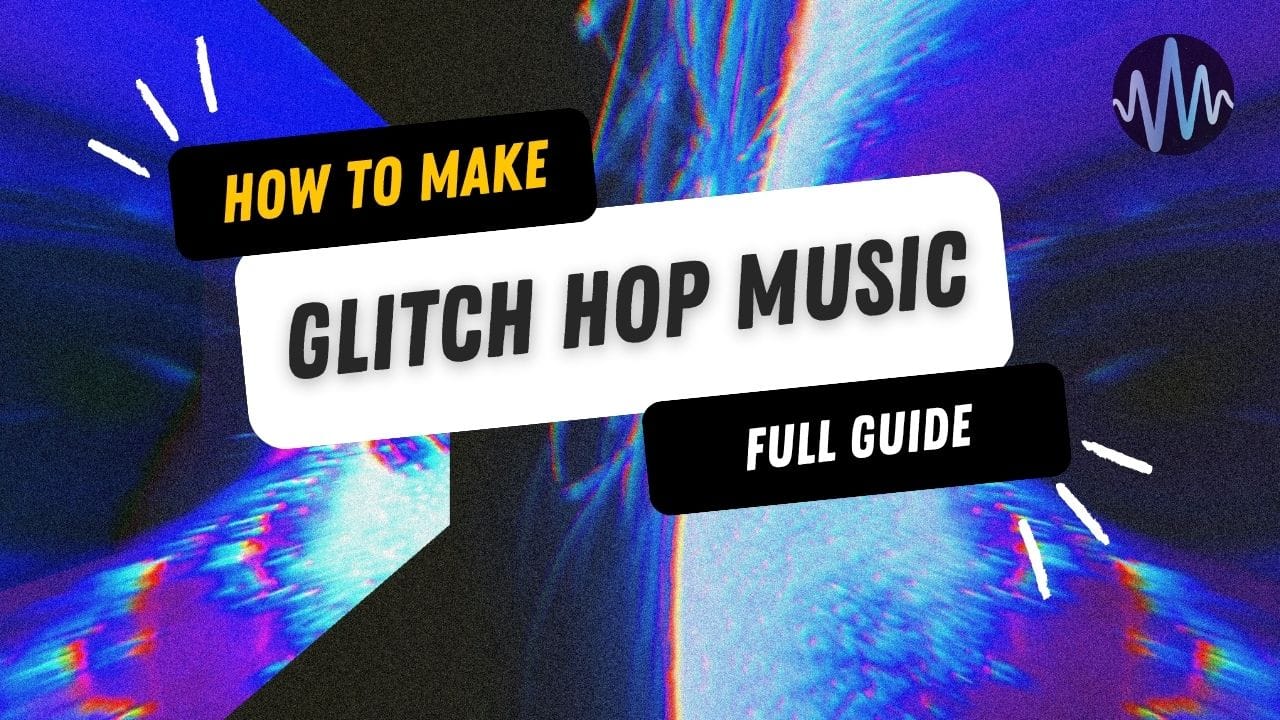
With a unique fusion of hip-hop beats, EDM energy and digital chaos, glitch hop took the electronic music world by storm in the late 2000s. However, its roots trace way back to the early 20th century and Futurist composer Luigi Russolo’s use of mechanical noise generators to make music.
Despite the countless contaminations and evolutions, glitch hop has always been a genre that enhances the beauty of imperfection with skipping sounds and “broken” samples, bringing to life unique and complex rhythmic patterns that galvanize and envelop the listener.
In this guide, we’ll explore how to make glitch hop music step by step, from drums and bass to sound design and mixing.
- What Defines the Glitch Hop Sound
- Drums and Groove
- Bassline
- Sound Design & Structure
- Mixing Glitch Hop
- Final Thoughts
What Defines the Glitch Hop Sound
Glitch hop combines the groove of hip-hop, the raw power of EDM and the experimental sound design of glitch music. It usually runs between 90 and 115 BPM, and is based on swung drum patterns, deep basslines and chopped samples.
Here’s a personal favorite of mine that exemplifies the genre:
The style took its first steps in the late 1990s, when artists like Machinedrum, Prefuse 73 and Push Button Objects started putting together glitchy textures with instrumental hip-hop beats.
Vocal Studies + Uprock Narratives is considered one of the earliest and greatest glitch hop albums.
In the 2000s, Flying Lotus, The Glitch Mob, KOAN Sound, and Pretty Lights among others made the genre mainstream with a more bass-heavy edge inspired by dubstep and electro house, which were a big thing at the time.
After his seminal debut album, edIT founded The Glitch Mob, together with Josh "Ooah" Mayer and Justin Boreta.
To summarize, here are the most common features you'll find in a glitch hop track:
- Mid-tempo grooves: around 90–115 BPM, with syncopated rhythms.
- Digital artifacts: bitcrushing, skipping, stuttering, distortion, and so on.
- Multiple influences: a mix of hip-hop, funk, dubstep, EDM and lo-fi elements.
- Sonic contrast (in more modern tracks): quiet passages alternated with chaotic and bass-heavy bursts.
Drums and Groove
Start with a hip-hop beat, and then twist it until it's unrecognizable. If you use samples, pick one with a steady kick and snare pattern, keeping the tempo around 100 beats per minute. Once you have that, you can add some swing to it; move your hi-hats or other percussion sounds just a tiny bit off the regular timing.
Picking sounds from the Sample Focus library, here's a nice and groovy beat by Owlkami:
Now it's time to make your beat catchy and unique.
You can mix acoustic drum sounds with synthetic ones to create a richer texture, or chop up your drum loops and rearrange them. You can slice the loops, reverse certain sections, or add stutter effects.
In my case, I just added some glitches, reverb, and enhanced the swing:
Bassline
Start with a clean sub-bass, and then layer in a mid-bass synth to create interesting and richer bass sounds.
You can make the glitch hop bassline come alive using modulation techniques like filter sweeps, which create a changing sound, or LFO wobble, to give it a rhythmic shift.
For instance, the bass loop above was created using this sample from LEO.K Production:
Sound Design & Structure
Glitch hop is all about using imperfections to create immersive grooves, and one of the most common ways to accomplish this is by resampling existing sounds. Record short loops, process them with effects, then chop and rearrange them to create something wholly different.
J Dilla, the greatest sample manipulator of all time.
Once you’ve got your sounds, think about how they fit together. The best glitch hop tracks balance moments of calm followed by bursts of energy.
There are no golden rules here, but a basic structure might look like this:
- Intro: Start with a light groove and chopped samples to create the song's backbone.
- Build-up: Layer drums and bass, automate filters or distortion, and add subtle glitch effects.
- Drop: Full groove, with heavy drums, bassline and melodic hooks.
- Breakdown: Pull things back to one or two sounds to create contrast before returning to the beat.
Always making sure you add some glitch breaks: quick edits or micro-cuts that interrupt the rhythm that keep things unpredictable.
Mixing Glitch Hop
Because glitch hop tracks are dense with glitches and low-end power, the best option is to mix as you go rather than leaving it all for the end. The sound design and mixing stages often overlap - adjusting balance and adding effects are all part of the creative process.
Here are a few tips to keep your mix clean:
- Start with EQ: Make space for each element. Cut low frequencies from non-bass sounds and clean up the mids so the drums and lead textures can breathe.
- Panning glitches and effects: to make the beat more immersive, make the most of the soundstage by creating a wide and diverse stereo image.
- Sidechain compression: Let the kick drum punch through the mix without clashing with the bass frequencies.
- Transient shaping: Enhance the attack of your drums and all percussive sounds, to keep the groove tight and leave more space for the rest.
Final Thoughts
Glitch hop is one of those genres where accidents are always good, so don't be afraid to manipulate and transform samples or add extra layers of noise: the more immersive the beat, the better!
And if you need inspiration, head over to the Sample Focus library and find vocal chops, bitcrushed hits, and abstract synth loops perfect for glitch hop production.
Have fun!


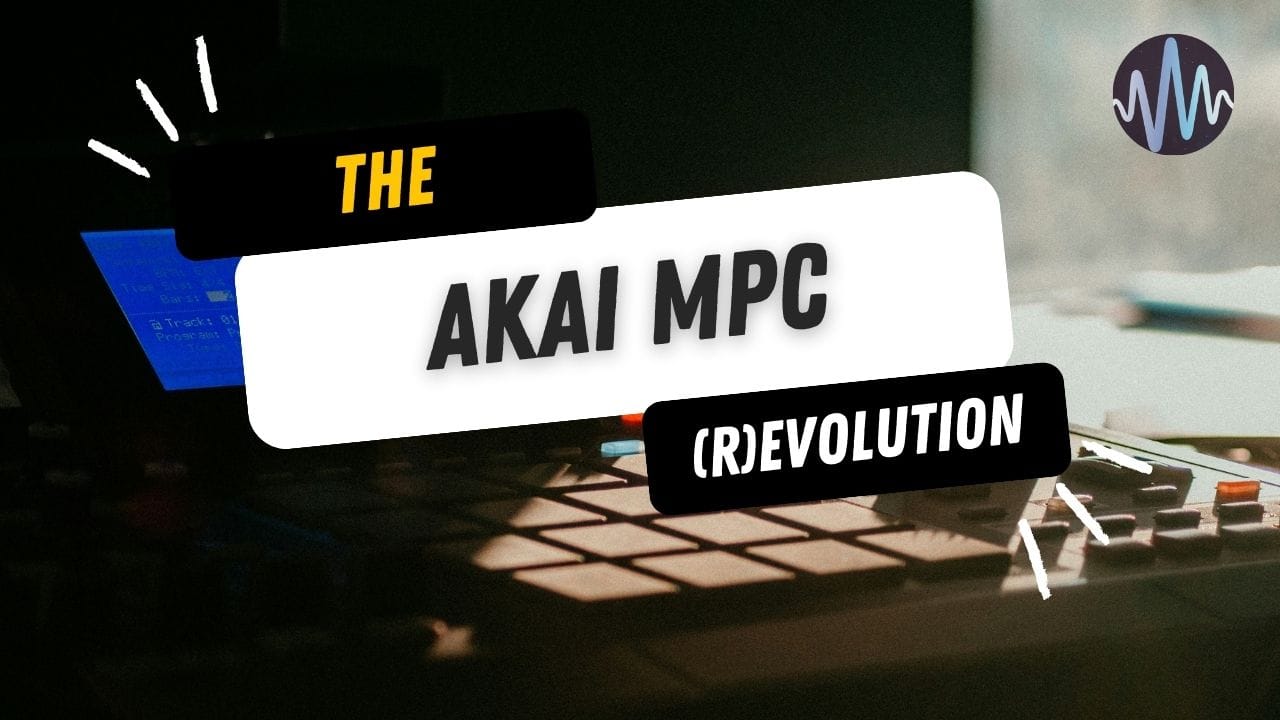
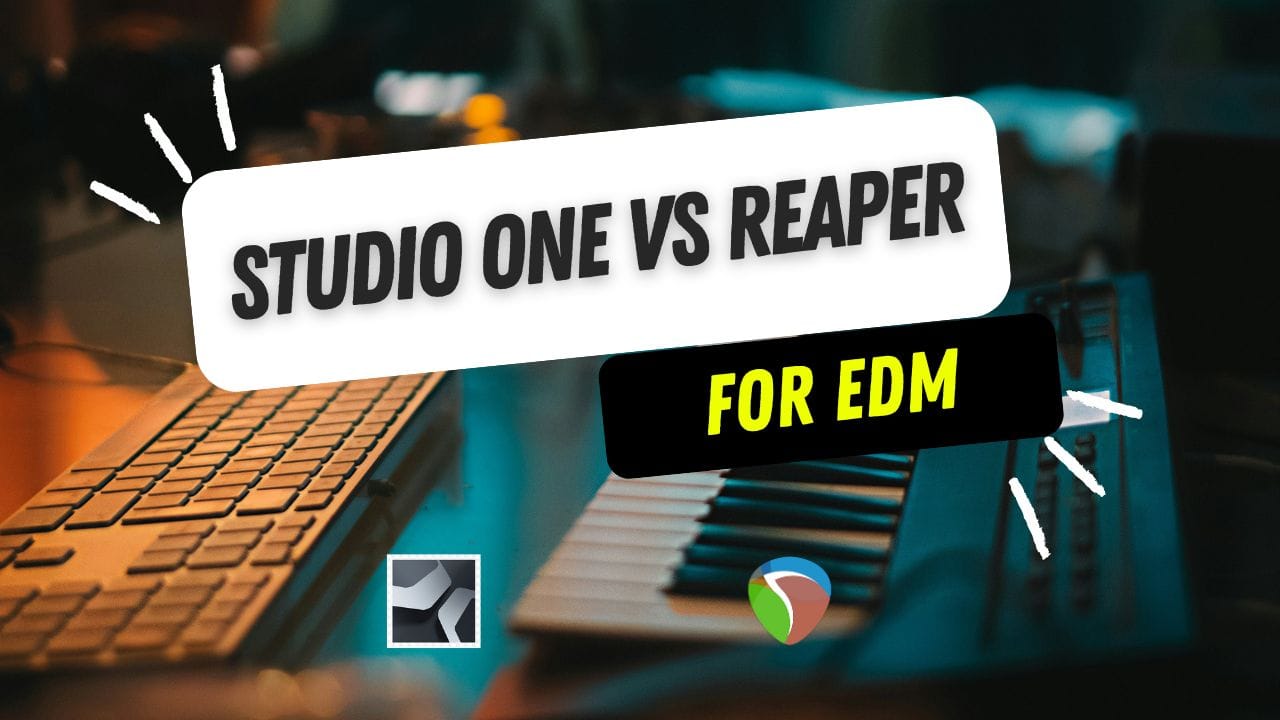
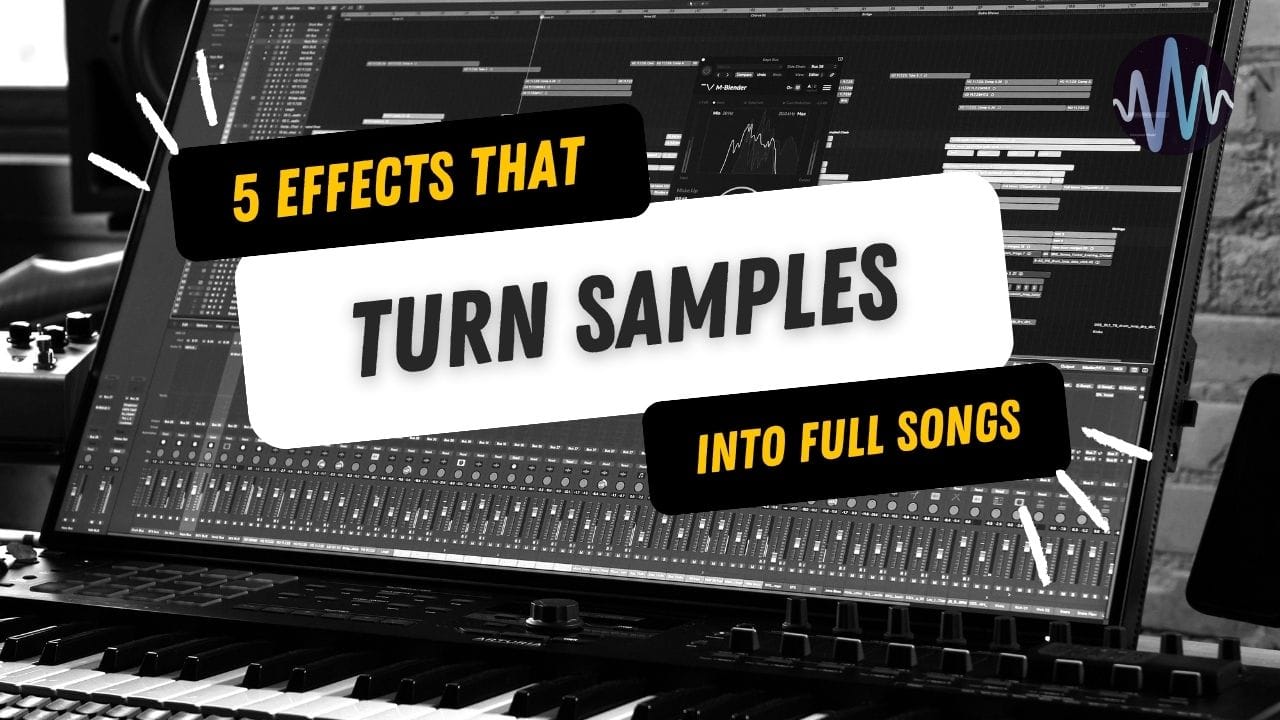
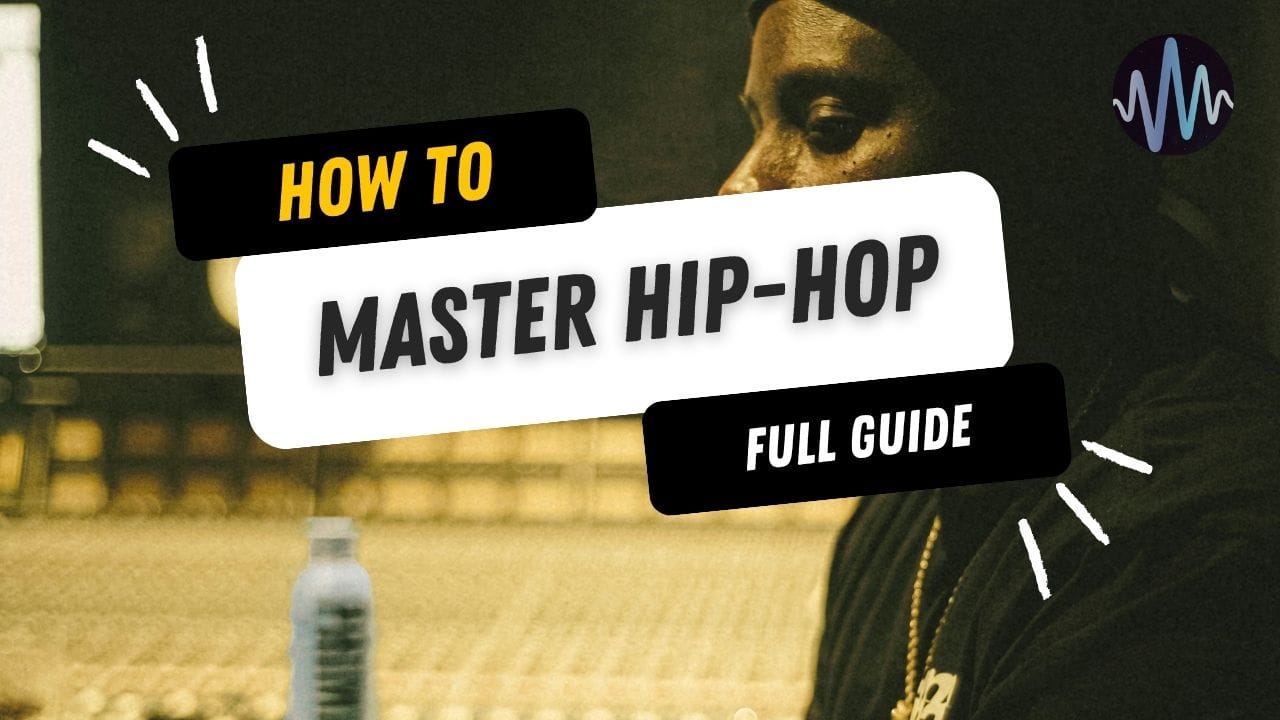
Comments